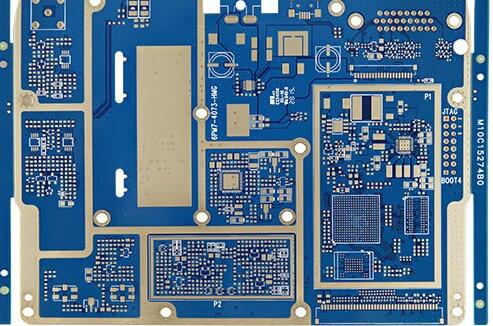How to solve the static electricity problem of PCBA patch?
Antistatic material PCBA patch
The internal antistatic agent works in the following two ways:-Construct a conductive path so that the charged particles can come into contact;
-Act as a lubricant or mold release agent in post-extrusion processing.
The internal antistatic agent is mixed into the polymer matrix during the extrusion process. During extrusion, the additive migrates to the surface of the polymer-because it has a specific incompatibility with the polymer-the additive forms a uniform layer on the surface of the polymer. The hydrophilic end extends to the outside of the polymer, and the lipophilic end is arranged inside the polymer.
The protruding hydrophilic end absorbs moisture from the surrounding air to establish a conductive path, thus reducing the surface resistance.
The antistatic agent is hygroscopic, and too high a concentration of the antistatic agent will affect the printing performance and sealing performance of the material.
In the current use of small molecule antistatic agents, more and more problems have been highlighted, such as timeliness, environmental impact, etc., making the development space of small molecule antistatic agents smaller and smaller.

To solve plastic static electricity, polymer materials are the fundamental solution to the problem
Why use antistatic agents?
If the surface of plastic products is highly charged, it will cause the following problems:
There will be handling problems during transportation, storage and packaging
Dust pollution not only affects the appearance of the product but also affects the performance of the product
Workers working next to the machine are at risk of electric shock
Discharge may cause fire or explosion
Antistatic agent can be used to reduce the surface resistance of the product, thereby dispersing the high charge density on the plastic surface
Electrostatic PCBA patch in plastic
The electrostatic charge is generated by frictional contact between two materials, and the two materials have different electron adsorption capabilities. One material loses electrons and becomes positively charged; another material gains electrons and becomes negatively charged.
The amount of charge depends on:
-The degree of friction
-Friction properties
-The relative humidity of the air (the medium around the plastic)
-Electrical properties of plastics, such as:
Dielectric constant: The constant of proportionality between the surface charge density and the field voltage. The surface of a material with a small dielectric constant is easily charged.
Resistivity: Electric charge is a local effect that occurs on the indirect contact of a material, or occurs at a specific location in a continuous processing machine. If the charge can be conducted away in time, the voltage generated will be reduced. The derivation of charge can be carried out through the material, which will be controlled by volume resistance (or relative resistance); the derivation of charge can also be a surface effect controlled by surface resistance. In each case, low resistance contributes to the extraction of charge and the reduction of voltage.
The surface discharge of electric charges will also be affected by the surrounding media. Moist air must be dry air which is more conducive to the discharge of electric charges.
See the effect of relative humidity on the behavior of polyethylene.
As a class of materials, plastic combines high surface resistance (typically about 1015 ohms at 20°C and 50% relative humidity) and low dielectric constant (typically 2.5 ± 0.3 at 106 Hz). These characteristics, coupled with rough processing during transportation and processing, result in plastics having a high electrostatic charge, which can be as high as 15000V/cm in the air. The use of antistatic agents will reduce or even eliminate the above-mentioned problems caused by high surface resistance.
Internal and external antistatic effect
There are two types of antistatic agents:
-The internal antistatic agent should be added to the polymer during the extrusion process.
-The external antistatic agent is sprayed or smeared on the plastic surface after the extrusion process.
Internal antistatic agents are preferable to external antistatic agents because they have a shorter service life. External additives are easily wiped off the surface of the polymer and also migrate to the polymer. Although it is easy to use and the dosage used is not large, external antistatic agents are not suitable for high-quality PCB products because the uneven coating they form can cause printing problems and sealing problems.